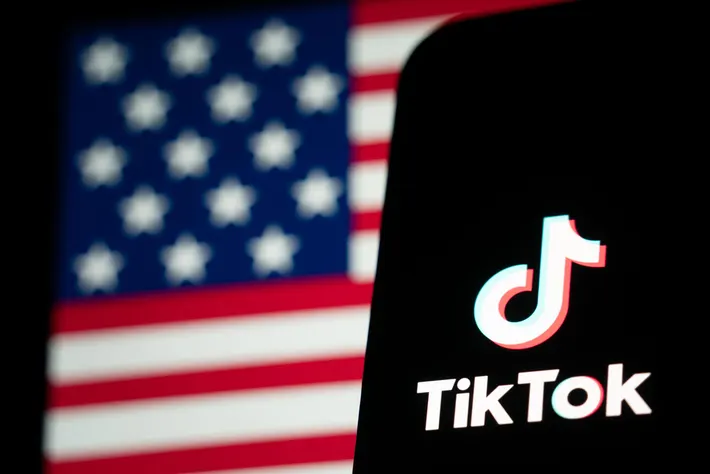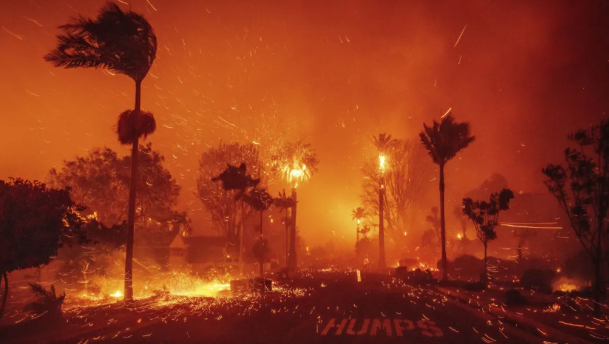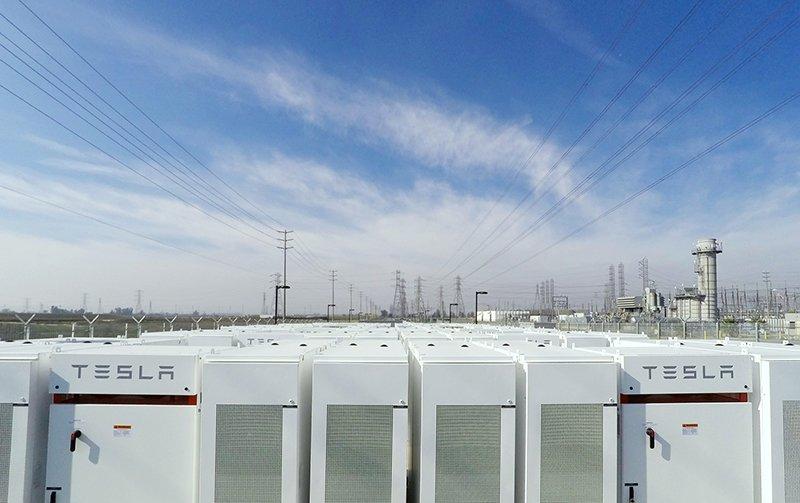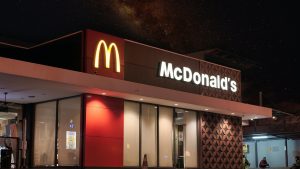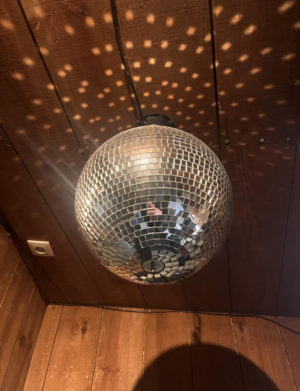California’s New Tesla-Powered Battery Bank
March 10, 2017
The storage facility will collect energy when it’s readily available, and release it when demand is high. What does this mean for the future of energy?
The basics are familiar; Tesla built batteries for a 20-megawatt power facility in Ontario, California. The project, in part a response to failures of supplemental gas-powered power plants, will allow Southern California Edison to store and release power throughout the day, helping balance the system and make it more efficient. YLHS student Matthew Lee (9) states, “ I feel that Tesla is making the right decision of making power banks because they will give us clean and useful energy.” Power stored during the day (when sun and wind are at their peak) can be released in evening hours, when energy is most needed (and most expensive). The project was rushed through in just three months, a year after a leak at Southern California Edison’s Aliso Canyon gas storage facility released 1.6 million pounds of methane into the air. When that plant went offline, the Mira Loma district lost one of its sources of peak-hour energy; the “peaker plants,” which come online when demand is high, no longer had access to the gas they needed to operate.
Made up of 386 of Tesla’s second-generation Powerpack batteries, the storage facility will load up on energy when it’s cheap and readily available, and release it when demand is high, substituting for the peaker plants. The facility, run by Southern California Edison, is already operating, faster and cheaper than expected. Power plants are often described by the number of houses they can power. It’s a rough measure at best, and even less applicable here. According to Tesla, rather than saying it can power 25,000 houses (an inaccurate measure of power availability to begin with), it’s better to say it’ll run 15,000 homes for 4 hours each because that’s how the energy will be used.
The lifespan of a battery depends on how often it’s charged and discharged, and these won’t necessarily be cycled daily, says Tesla. Rather, they’ll gain and disperse power on a rolling basis, and thus the life cycle is indeterminate. However, the stacks of batteries are made up of discrete units that are easily plugged and unplugged, so it’s a simple matter to remove one that’s reached the end of its life. Tesla has a recycling facility at its Reno, Nevada, and Gigafactory where the batteries are built, and they will be returned to that factory to be broken down. The energy being provided from the Tesla 20-megawatt power facility will give California the clean energy it needs.








